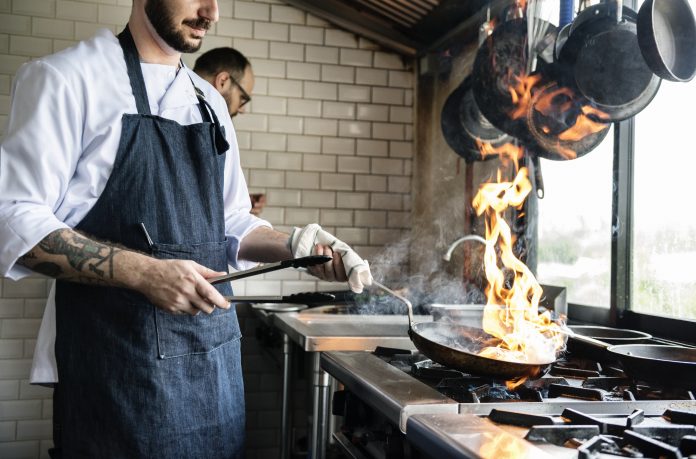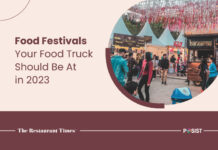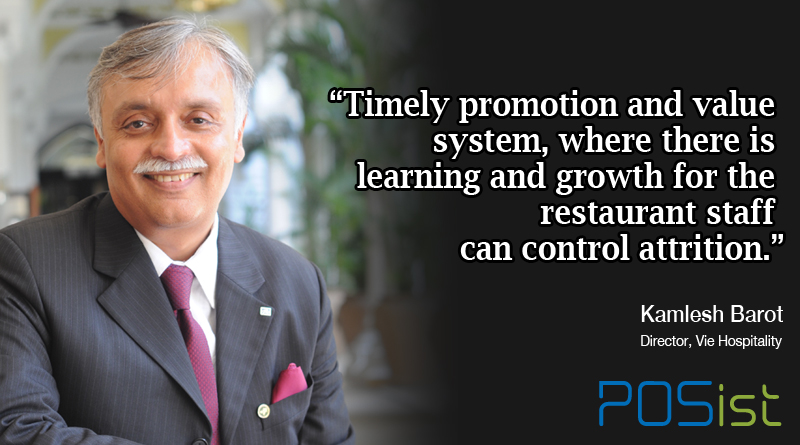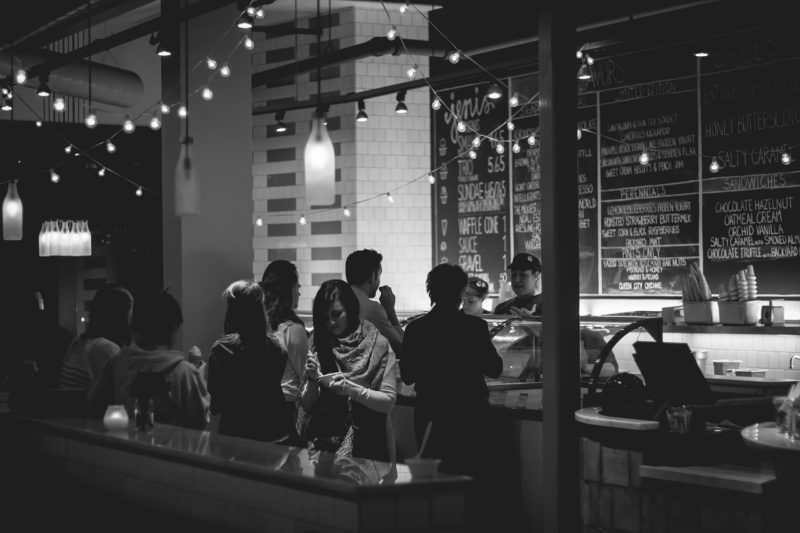With the second wave of the pandemic hitting the country, cloud kitchens, also known as ghost kitchens or dark kitchens globally, are emerging as a strong backup allowing restaurant operators to streamline operations and become more efficient. While the concept was gaining popularity even before the pandemic struck, cloud kitchens have become more lucrative now, primarily due to two reasons. Firstly, they allow restaurants to deliver straight to customers at home. Secondly, they operate in a fraction of traditional restaurant space, utilising resources more efficiently through optimized kitchen workflows. According to a report by RedSeer Management Consulting, cloud kitchens are set to be a $2 billion industry in India by 2024, up from $400 million in 2019.
Before Covid-19, there was a distinct divide between delivery centric focussed and dine-in brands. However, this would not be the case going forward. Now, each restaurant brand will come up with a food delivery focussed brand of their own. Lately, many recognised hospitality brands have started adopting the cloud kitchens model, which is an entirely delivery-based business.
The first wave of the pandemic was a learning experience for the industry and was responsible for levelling the international F&B industry when it comes to the challenges faced by restaurateurs. By exploring investments in cloud kitchens and building an efficient delivery setup, they will potentially increase unit growth not only to fill the void left by closed restaurants but safeguard it against a volatile industry.
Technology Will Enable Growth
Cloud kitchens are a technology first play, which means that serving good food is essential for a cloud kitchen business; however, understanding customers is even more critical for their long-term growth. Understanding the unit economics of the partnership with the delivery apps and the cost of procurement of menu items is critical for the success of a cloud kitchen business. Restaurant operators need to be aware of what customers like and don’t like and anticipate what items they are likely to order during different times. The extent to which a cloud kitchen business is technologically driven, the quicker or better the ROI would be.
D2C Channels To Drive Profitability
Restaurants will increasingly explore D2C channels (Direct-to-consumer) in 2021. A growing percentage of their orders are already coming from direct channels. This is a shift coming on the back of a change in customer behaviour and lucrative deals restaurants offer to customers on orders from their owned channels. Cloud kitchens will help create an efficient connection to some of the D2C channels such as websites, social media, and messaging platforms that will allow restaurateurs to set up their digital storefront, customize the guest experience, save commission charged by aggregators and manage online orders, ultimately enabling them to adapt to a new normal of dining.
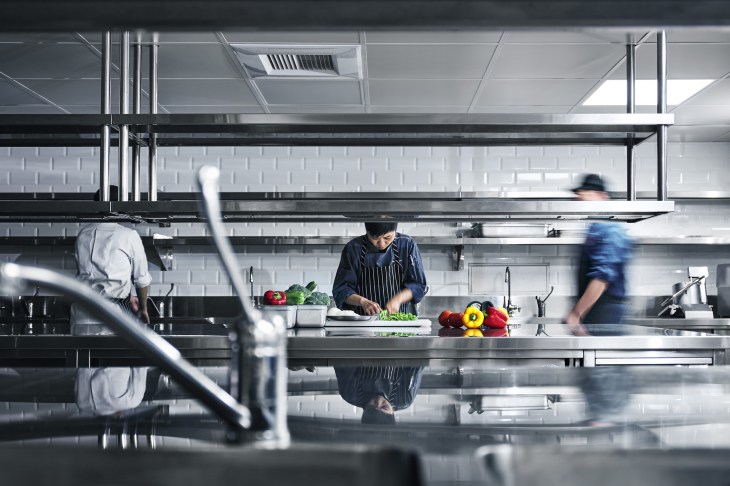
Hybrid Model To Create New Revenue Streams
Though revenues in restaurants are returning quicker than expected, online delivery continues to be a significant part of the revenue for operators. Restaurants are constantly looking for ways to control their operating expenses, such as electricity costs, rentals, and staffing expenses. In such times, a hybrid business model is something that can potentially be an innovative business model to explore for fine-dine restaurants.
The hybrid model combines elements of both dine-in, delivery and takeaway into one experience. The emergence of the fast-casual category is an excellent example of this strategy; they offer quick service with a casual restaurant, combining speed, and convenience with the experience of dine-in and managed delivery.
Guest Experience To Become The Top Priority
Offering the guest experience of a fine-dine even when ordering food at home will become imperative for restaurants in a competitive market. Restaurants today need to make the dining experience richer using enhanced packaging, new concepts, added convenience, and personalisation. Here, D2C channels will allow restaurants to own and define the customer experience the way they want to serve their customers at their doorstep.
It is safe to say that the pandemic has accelerated the pace of change and technology adoption in the hospitality and restaurant industry. This shift will make the industry more resilient than ever before and we will see the emergence of new-age and improved dining concepts, brands and service standards.
Views expressed by Ashish Tulsian, CEO & Co-Founder, Posist Technologies.
Find the new article here.


